Distance Protection Relay
Categories: Engineering Lab EquipmentDescription:A distance protection relay presented in an educational format. Supplied with Protection and Relay Test Set, the relay enables investigations into the protection and monitoring of overhead...
Product
Description
Description:
A distance protection relay presented in an educational format. Supplied with Protection and Relay Test Set, the relay enables investigations into the protection and monitoring of overhead transmission lines. The relay is housed in a robust enclosure with carrying handle. The module mounts on the desk area of the Protection and Relay Test Set and connects to it using a multi-core cable and safety leads. This relay is also an optional ancillary for selected products in Power Systems range. The relay module is based on the Micom industrial relay. The lecturer or student sets up different fault circuits on the Protection and Relay Test Set. They then use the keypad and display on the relay module to program it to the settings needed for the tests. They can also use the Micom S1 software (supplied with the Protection and Relay Test Set) and a suitable computer (computer not included) to program the relay module. The relay module is then connected to the fault circuits so tests can be performed. Most tests are performed using single relays. However, there are enough connections on the Protection and Relay Test Set to test two relay modules at the same time. The main functions of the Distance Protection Relay include: • Full scheme phase and ground distance protection – up to five zones• Directional/non-directional phase overcurrent• Directional/non-directional earth fault • Directional/non-directional negative sequence overcurrent • Thermal overload protection • Broken conductor • Blocking of any one protection element • Creating fault and disturbance records Connection to the experimental circuit is via current transformers with ratio to suit the inputs of the relay. This provides an effective demonstration of the eff ect of current and voltage transformer ratio, connection and rating on protective relays.
Learning Outcomes:
Investigations into the performance and characteristics of an industrial distance protection relay.
Specifications
Current: 1 A (a.c.)
Frequency: 50 or 60 Hz
Accuracy: ±10%
Operating time: Typically 10 ms to 25 ms
quick overview :
Description:
A distance protection relay presented in an educational format. Supplied with Protection and Relay Test Set, the relay enables investigations into the protection and monitoring of overhead transmission lines. The relay is housed in a robust enclosure with carrying handle. The module mounts on the desk area of the Protection and Relay Test Set and connects to it using a multi-core cable and safety leads. This relay is also an optional ancillary for selected products in Power Systems range. The relay module is based on the Micom industrial relay. The lecturer or student sets up different fault circuits on the Protection and Relay Test Set. They then use the keypad and display on the relay module to program it to the settings needed for the tests. They can also use the Micom S1 software (supplied with the Protection and Relay Test Set) and a suitable computer (computer not included) to program the relay module. The relay module is then connected to the fault circuits so tests can be performed. Most tests are performed using single relays. However, there are enough connections on the Protection and Relay Test Set to test two relay modules at the same time. The main functions of the Distance Protection Relay include: • Full scheme phase and ground distance protection – up to five zones• Directional/non-directional phase overcurrent• Directional/non-directional earth fault • Directional/non-directional negative sequence overcurrent • Thermal overload protection • Broken conductor • Blocking of any one protection element • Creating fault and disturbance records Connection to the experimental circuit is via current transformers with ratio to suit the inputs of the relay. This provides an effective demonstration of the eff ect of current and voltage transformer ratio, connection and rating on protective relays.
Learning Outcomes:
Investigations into the performance and characteristics of an industrial distance protection relay.
Specifications
Current: 1 A (a.c.)
Frequency: 50 or 60 Hz
Accuracy: ±10%
Operating time: Typically 10 ms to 25 ms
Product
Reviews
add Review
reviews
No Review Yet.
Copyrights © 2025 All Rights Reserved by Atico

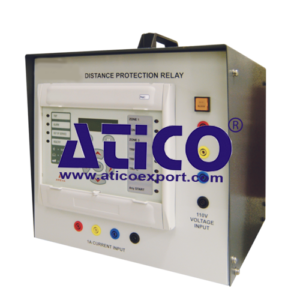





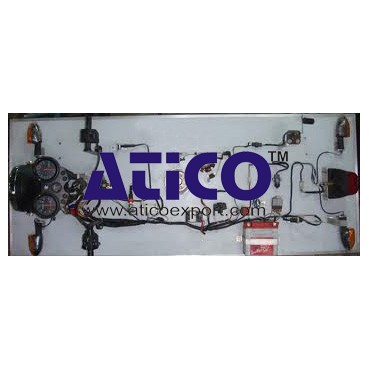
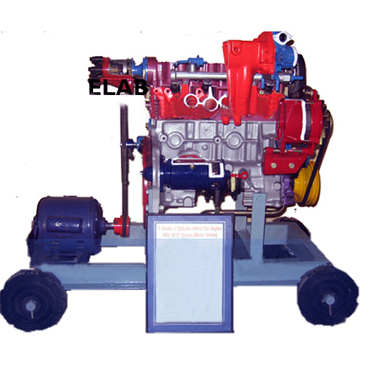
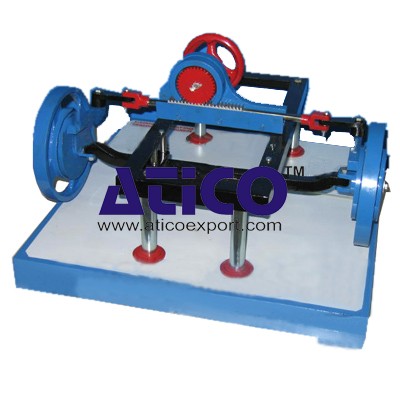
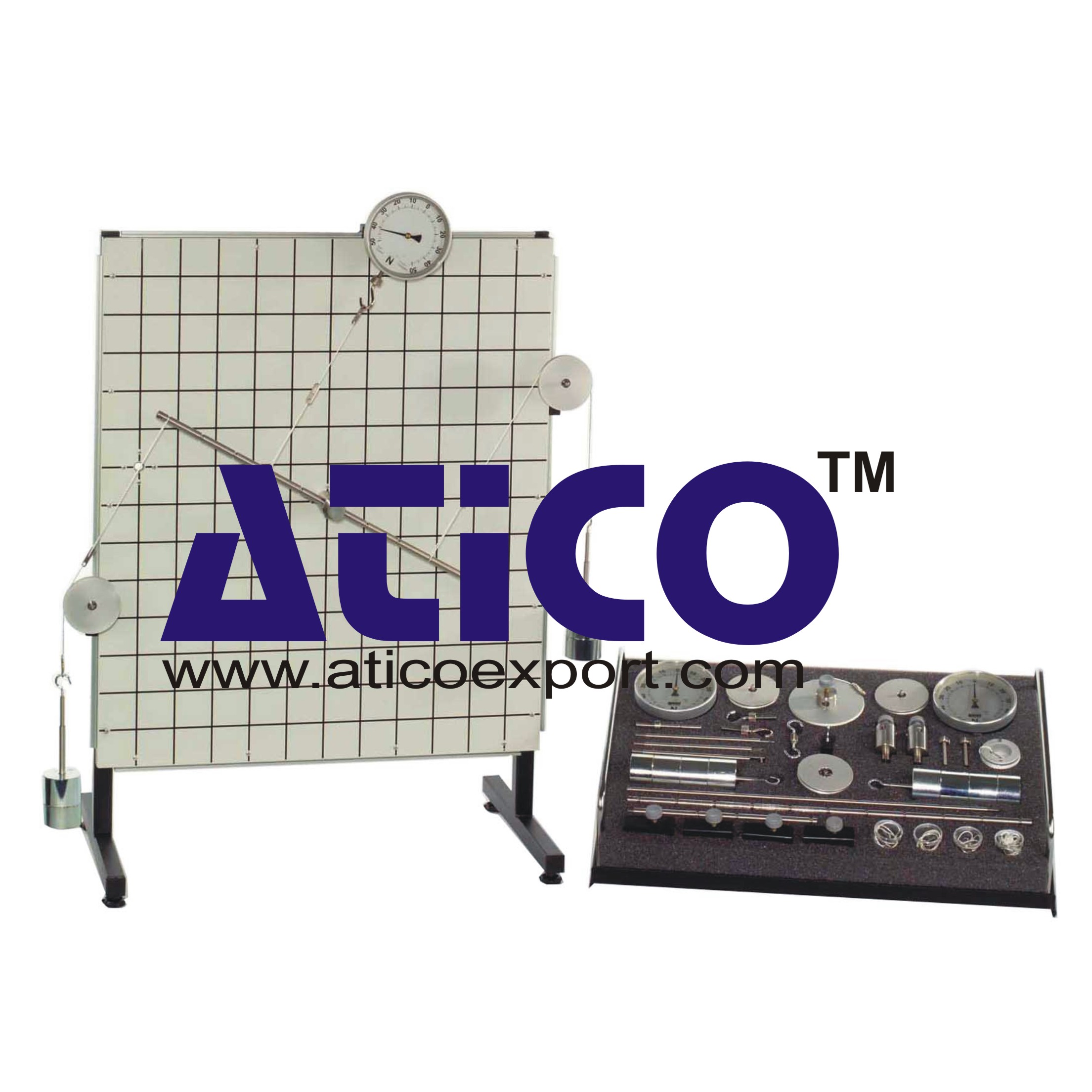
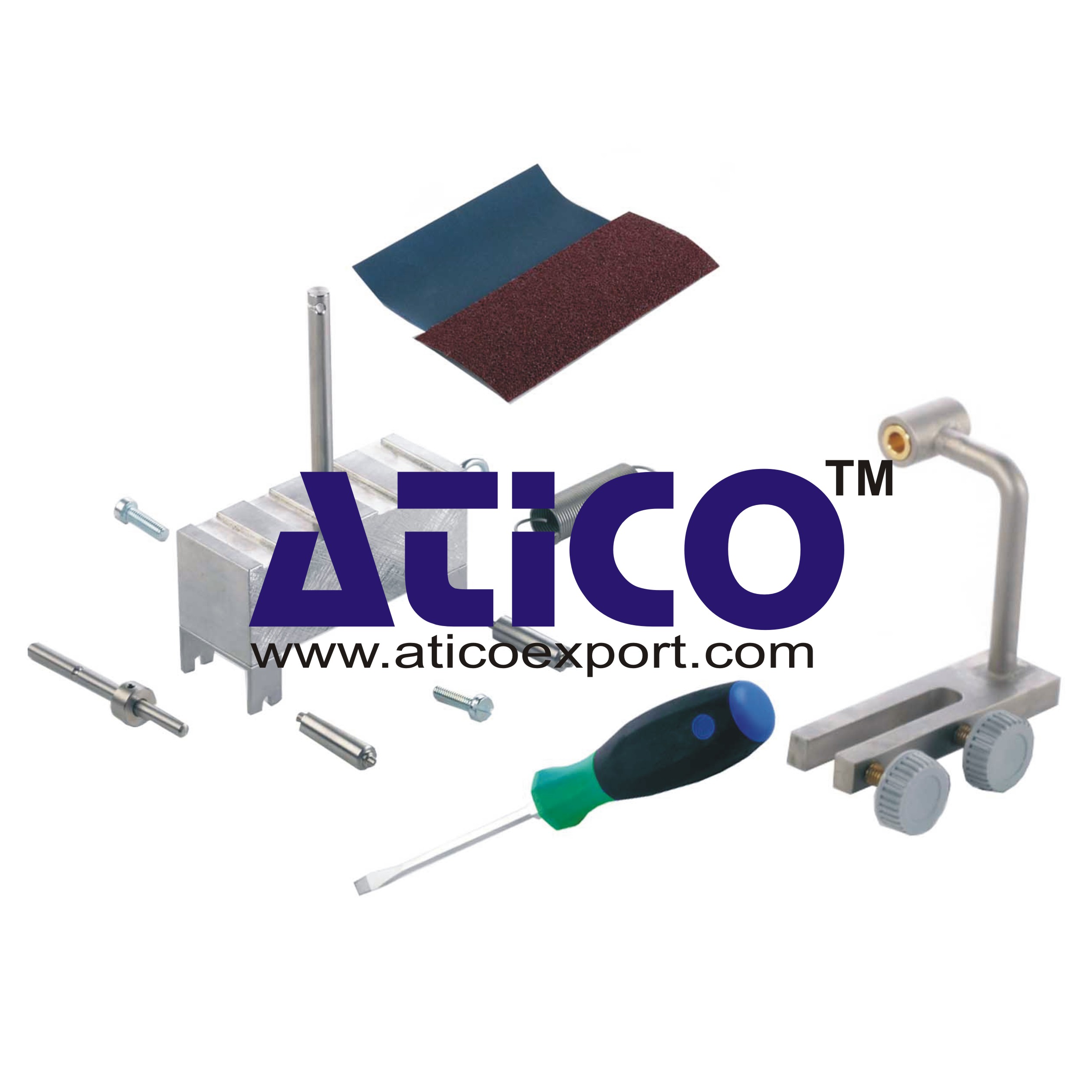


Product
Reviews
add Review
reviews
No Review Yet.